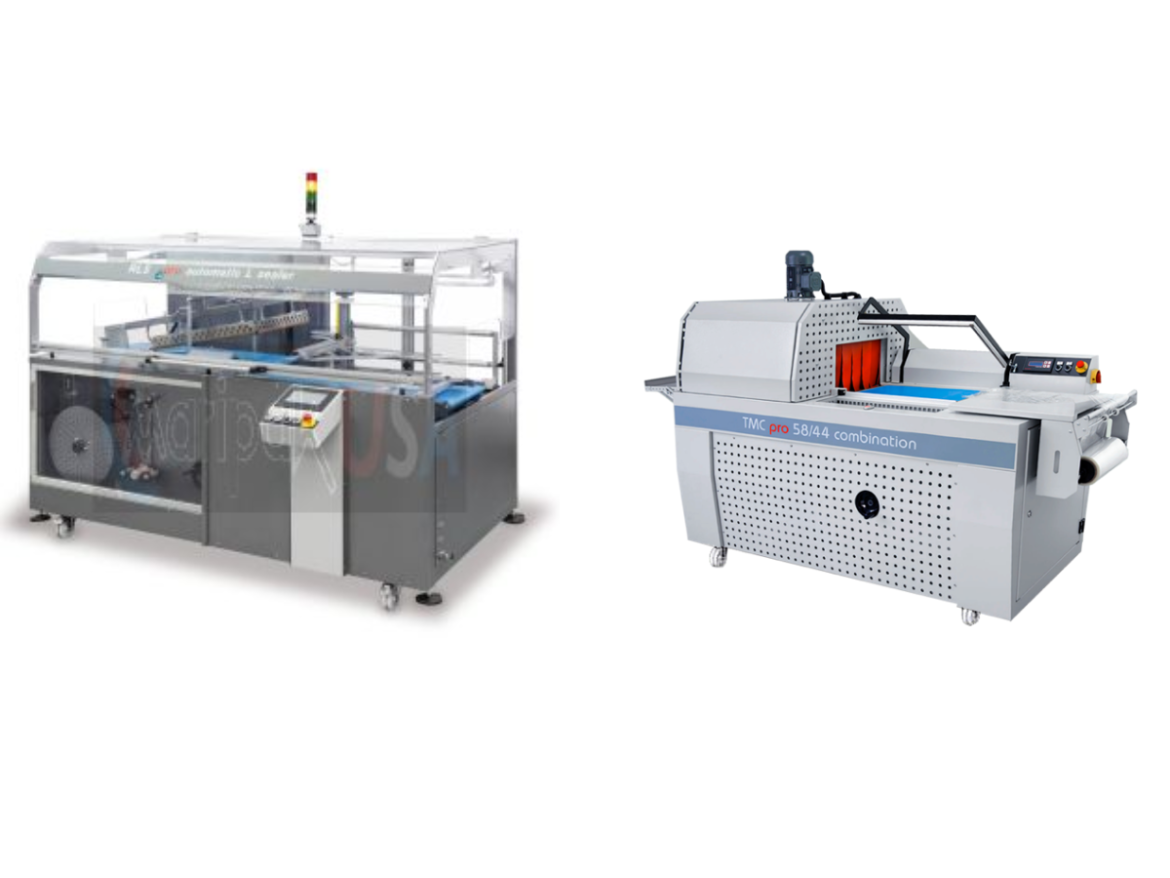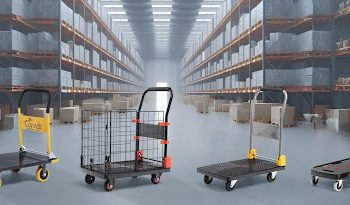In today’s fast-paced manufacturing and packaging industry, efficiency is paramount. As companies strive to optimize their operations, automatic side sealing machines have emerged as a critical component in enhancing packaging processes. These machines not only streamline production but also ensure consistency, reduce labor costs, and improve overall product integrity. This blog explores how automatic side sealing machines are revolutionizing packaging efficiency and why they are becoming indispensable in various sectors.
What is an Automatic Side Sealing Machine?
An automatic side sealing machine is a device designed to seal the sides of packaging materials, such as bags or pouches, using heat. Unlike manual sealing methods, which can be labor-intensive and prone to errors, these machines operate with precision and speed. They utilize advanced technology to ensure that seals are uniform and strong, which is vital for maintaining product quality during storage and transportation.
How Do Automatic Side Sealing Machines Work?
The operation of an automatic side sealing machine involves several key steps:
- Feeding: Packaging materials are automatically fed into the machine, where they are aligned for sealing.
- Sealing: The machine uses heated sealing bars to melt the edges of the packaging material together. This process creates a strong bond that is resistant to moisture and contamination.
- Cooling: After the sealing process, the sealed edges pass through a cooling area, where they solidify, ensuring that the seal is robust.
- Cutting (if applicable): Some machines also have the capability to cut the sealed packages to the desired size.
- Output: The finished products are then ejected from the machine, ready for labeling and distribution.
Key Advantages of Automatic Side Sealing Machines
- Increased Speed and Efficiency: Automatic side sealing machines can operate at high speeds, significantly reducing the time required for packaging. This is particularly advantageous for businesses with high-volume production needs.
- Cost-Effectiveness: By automating the sealing process, companies can reduce labor costs and minimize the risk of errors associated with manual sealing. This leads to significant savings in both time and money.
- Consistent Quality: These machines provide uniform seals that are essential for ensuring product integrity. Consistent sealing helps prevent leaks and contamination, which is crucial for food and pharmaceutical products.
- Versatility: Automatic side sealing machines are adaptable to various packaging materials, including polyethylene, polypropylene, and polyolefin. This flexibility allows manufacturers to meet diverse packaging requirements without investing in multiple machines.
- Enhanced Safety: By reducing the need for manual handling, these machines help create a safer working environment. Employees are less likely to be exposed to heat or sharp edges, minimizing the risk of accidents.
Applications in Various Industries
Automatic side sealing machines are utilized across multiple industries, including:
- Food and Beverage: Ensuring that products remain fresh and uncontaminated during distribution is vital in the food industry. These machines provide airtight seals that help preserve freshness.
- Pharmaceuticals: In the pharmaceutical sector, maintaining product integrity is crucial. Automatic side sealing machines ensure that medications are securely packaged, preventing tampering and contamination.
- Cosmetics and Personal Care: For cosmetics and personal care products, packaging is not only about protection but also about presentation. These machines can create visually appealing packages with consistent seals.
- Electronics: In the electronics industry, protecting sensitive components from dust and moisture is essential. Automatic side sealing machines help package electronic devices securely.
The Future of Automatic Side Sealing Machines
As technology continues to advance, the capabilities of automatic side sealing machines are expected to improve further. Innovations such as smart technology integration, real-time monitoring, and enhanced automation will likely enhance efficiency and reduce operational costs. Companies that invest in these advanced machines will position themselves competitively in the market, benefiting from increased productivity and improved product quality.
Conclusion
Automatic side sealing machines are transforming the packaging landscape by enhancing efficiency, reducing costs, and ensuring product integrity. Their ability to operate at high speeds with consistent quality makes them a valuable asset for businesses in various industries. Additionally, for companies focused on shrink packaging, the integration of a polyolefin shrink machine can further enhance the packaging process by providing a professional finish that secures and protects products during transportation and storage. Embracing these technologies will undoubtedly lead to a more streamlined and effective packaging operation in the future.



